We’ve all been there – standing in front of our pantry, wondering whether the can of beans from last year is still good. In a world where minimizing waste and stretching our groceries is more important than ever, being familiar with long-life food items can be a game-changer.
Key Takeaways:
- Stocking your pantry with durable items like dried beans, white rice, and honey ensures you have nutritious food that lasts for years without going bad.
- Storage conditions greatly influence the shelf life of food; keeping food in cool, dry, and dark places can significantly extend its lifespan.
- Proper packaging is crucial for preserving food’s freshness and extending its shelf life. Techniques like vacuum sealing, using Mylar bags with oxygen absorbers, and storing in airtight containers protect against air, moisture, and light.
- For emergency supplies, include diverse, long-lasting foods that meet dietary needs, ensuring preparedness and health.
Why Shelf Life Matters
In my 15+ years of focusing on wilderness survival and self-sufficiency, I’ve learned firsthand why understanding shelf life is critical.
I recall an early expedition during which I packed what I thought were durable food supplies. Halfway through, I discovered that a portion of my stock had spoiled prematurely due to my oversight of their shelf lives.
This experience taught me that understanding how long food stays safe and nutritious in certain conditions is crucial for being prepared, especially for living off-grid or during emergencies. This lesson has become central to storing supplies, ensuring they last and remain dependable.
Critical Factors Affecting Food Shelf Life
Various environmental and physical factors can greatly affect the shelf life of food. Understanding them can assist you in selecting appropriate storage methods and conditions, ultimately prolonging the lifespan of your food supplies.
Temperature

The USDA advises keeping foods at cooler temperatures to slow bacterial growth and extend shelf life.
Storing pantry items in a cool, consistent environment at or below 60°F (15.5°C) is best. Frozen goods should be kept at 0°F (-17.8°C).
Remember, the Danger Zone is between 40°F (4.4°C) and 140°F (60°C), where bacteria can grow rapidly. To avoid this, keep cold food cold (at or below 40°F) and hot food hot (at or above 140°F).
Here are other essential points to consider when it comes to temperature and food storage:
Refrigeration and Freezing: Cold temperatures greatly reduce the activity of enzymes and the growth of microbes that cause food to spoil. Freezing can nearly stop these processes, preserving food for months or even years.
Consistency Matters: Changing temperatures, such as when food repeatedly thaws and freezes, can harm food’s texture and nutritional quality.
Optimal Temperature Ranges: Various foods have specific temperature requirements for optimal storage. Understanding these can help you organize your refrigerator, freezer, and pantry to prolong shelf life.
Moisture
Water is crucial for the growth of microbes, which can cause food to deteriorate through processes such as mold growth and enzymatic spoilage.
According to Iowa Healthcare:
“Moisture is the final component necessary for bacterial growth. The higher the water content of foods, the greater their chance of bacterial contamination.”
Storing food in a dry place, with humidity between 15% and 50%, helps avoid spoilage. Using desiccants and sealing food in airtight containers also helps keep moisture out.
Additionally, foods with lower water activity are less prone to microbial growth. Examples include dried fruits, grains and cereals, nuts and seeds, powdered milk, and hard cheese.
Light Exposure
Exposure to light can break down delicate vitamins and nutrients like riboflavin and vitamin C, and it can also cause fats and oils to deteriorate through photooxidation, leading to rancidity. Even ambient light from artificial sources can affect food quality over time.
Storing foods in opaque containers away from direct sunlight and using UV-protective packaging can help reduce the harmful effects of light exposure. Dark storage spaces such as pantries or cabinets designed to block out light are also excellent options.
Packaging
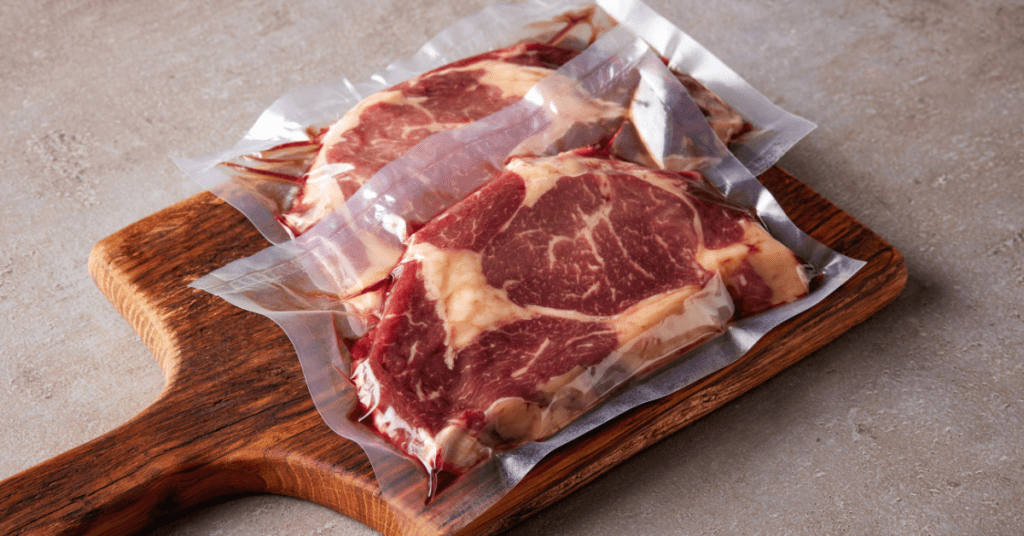
Proper packaging is crucial in shielding food from environmental factors and pests. Materials that provide barriers to air, moisture, and light can greatly prolong shelf life.
Here are some great packaging options for extending the shelf life of your food items:
Vacuum-Sealed Packaging: Removing air from packaging prevents oxidation and inhibits the growth of aerobic bacteria and fungi. Vacuum sealing is particularly effective for meats and dried foods.
Airtight Containers: Containers with airtight seals prevent the entry of air and pests, two primary agents of food spoilage. They are ideal for dry goods such as flour, grains, and pasta.
Mylar Bags: These bags offer protection against light, air, and moisture, making them excellent for long-term storage of a wide range of foods. Combined with oxygen absorbers, they can preserve food for years, maintaining freshness and nutritional value.
Top Foods with the Longest Shelf Life
Certain foods are better suited for long-term storage, offering nutritional value and durability.
1. Dried Beans
Beans are a staple in long-term food storage due to their nutritional value, versatility, and long shelf life. Proper storage in airtight containers with moisture absorbers can extend their shelf life to 3 to 6 years.
You can incorporate them with rice and spices to significantly diversify your meals. For optimal storage, use airtight containers and Mylar bags with oxygen absorbers.
2. Rolled Oats
Rolled oats are a highly nutritious and versatile food source. They are rich in antioxidants and soluble fiber beta-glucan, which can help lower cholesterol levels.
In one study, experts were able to determine the following:
“Consumption of 2.9 g per day of oat extract by mildly hypercholesterolemic humans resulted in a 9% decrease in LDL cholesterol levels compared to the placebo (maltodextrin) phase of the trial.”
Proper storage allows you to keep rolled oats for 1 to 2 years. Before storing them, you can boil, toast, and grind them into flour.
3. Pasta Products
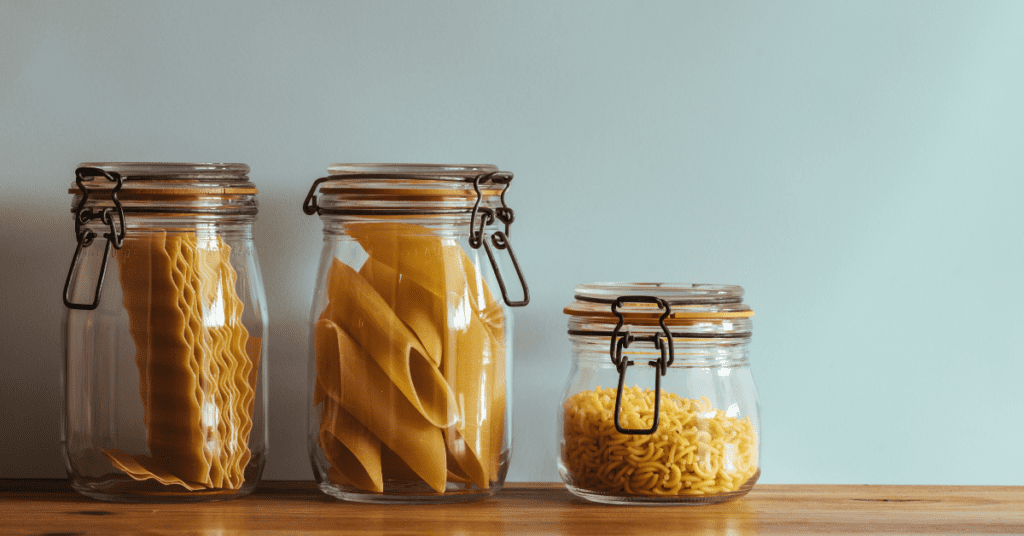
Pasta is an excellent carbohydrate source. When freeze-dried, pasta products can last 8 to 25 years. Different brands have different expiration dates, so reading labels is essential.
4. Dehydrated Fruit Slices
Dehydrated fruits provide a sweet and nutritious snack choice with a shelf life of up to 5 years, which can be extended with proper storage. Homemade dehydrated fruits, like dates and raisins, can be more economical and tastier.
5. Cheese
Cheese is highly prized for its rich flavors and nutritional benefits, such as calcium, protein, and fats. Its storage life can vary significantly depending on the type and storage method.
- Wax-coated cheese can last many years if the seal remains intact, protecting it from air and moisture.
- Canned cheese is commercially sterilized, allowing it to be stored for several years.
- Freeze-dried cheese retains its flavor and nutrients and can be rehydrated for use. Under the right conditions, it can last 25 years or more.
6. White Rice
White rice is a staple in emergency food storage because of its long shelf life, accessible storage, and versatility. It’s a reliable energy source and can complement a variety of dishes.
To guarantee a shelf life of up to 30 years, store rice in an airtight container with oxygen absorbers in a cool, dry place. This method prevents moisture and pests.
Additionally, the affordability of white rice makes it a convenient option for bulk storage.
7. Dehydrated Carrots
Dehydrated carrots provide a convenient method for long-term vegetable storage. They preserve most of their nutritional value, including beta-carotene and fiber.
Properly stored in airtight containers with moisture and oxygen control, dehydrated carrots can last up to 25 years. They can be rehydrated for cooking, making them versatile ingredients for soups, stews, and side dishes.
8. Dried Corn
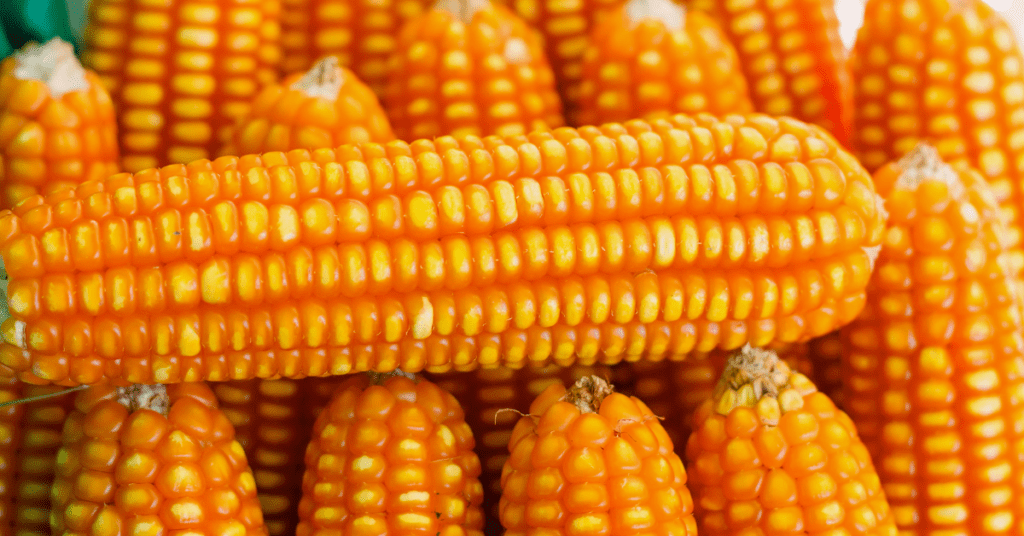
Dried corn is valued for its sweet taste, nutritional content, and long shelf life. Corn can last over ten years when dried and stored correctly, offering a dependable source of carbohydrates, fiber, and vitamins.
Dried corn can be ground into cornmeal or rehydrated for use in recipes. Storing it in airtight containers with oxygen absorbers in a cool, dry place maximizes its shelf life.
9. Legumes: Lentils and Peas
Lentils and peas are excellent sources of protein, fiber, and essential nutrients, making them valuable for long-term storage.
Whole lentils have a longer shelf life than split ones, typically lasting 2 to 3 years under standard conditions. They are easy to cook and can be used in soups and salads.
10. Canned Baked Beans and Spaghetti
Canned baked beans and spaghetti are convenient, ready-to-eat options that add variety to any food stockpile. Their long shelf life, ease of preparation, and nutritional value make them popular for emergency food supplies. They can be eaten straight from the can or warmed up, providing a comforting meal with minimal effort.
11. Powdered Whole Eggs
Powdered eggs are a practical alternative to fresh eggs, providing a long shelf life of up to 7 years. They are an excellent source of protein and can be used in baking, cooking, or scrambling on their own.
12. Pemmican
Pemmican is a traditional food made of dried meat, fat, and sometimes berries, originally crafted by Native Americans. Modern versions provide a nutritious, long-lasting food source perfect for outdoor activities and emergency preparedness. Its extended shelf life and compact design make it an outstanding choice for survival food.
13. MREs (Meals Ready to Eat)
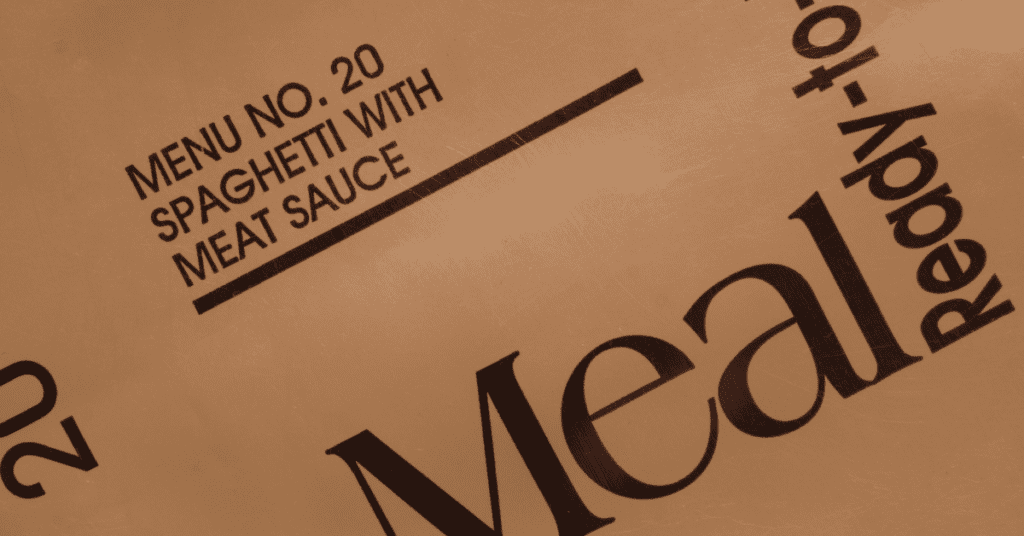
MREs, or Meals, Ready-to-Eat, are complete meals created for soldiers in the field but also useful for emergencies. They’re packed with calories, can be eaten hot or cold, and contain main dishes, sides, and snacks. With a shelf life of several years, MREs are crucial in emergency kits because of their convenience and nutrition.
14. Twinkies
Despite their reputation for having an indefinite shelf life, Twinkies have limited storage time. However, they have become a cultural symbol of long-lasting food. An experiment conducted by a science teacher showed that even after 30 years, a Twinkie remained edible, albeit with a stale taste. While not the most nutritious option, Twinkies can provide a morale-boosting treat in a survival stockpile.
15. Salt/Sugar
Salt and sugar are essential in cooking and food preservation. When stored in a dry, airtight container away from light and moisture, they have an indefinite shelf life..
Salt is vital for electrolyte balance and can cure meats and fish. Meanwhile, sugar provides energy and can preserve fruits and sweeten food.
16. Baking Soda
Baking soda serves multiple purposes in long-term food storage. It is a leavening agent for baked goods, a cleaning agent, and an odor absorber. Its indefinite shelf life, when kept dry and in a sealed container, makes it valuable for food preparation and maintaining a healthy living environment.
17. Honey
Honey is renowned for its indefinite shelf life due to its antimicrobial properties, inhibiting bacteria and fungi growth. A natural sweetener, it also offers nutritional benefits, including antioxidants.
Honey is versatile; it’s excellent for cooking, baking, treating coughs, and caring for wounds, making it an essential item for long-term storage.
18. Stock/Bouillon
Stock or bouillon cubes are a convenient way to add flavor to dishes. They can be stored for up to 2 years.
They’re essential for preparing soups and stews and enhancing the taste of cooked grains like rice and pasta. Their compact size and long shelf life make them ideal for stockpiling and improving the palatability of basic meals.
19. Instant Coffee, Cocoa Powder, Tea
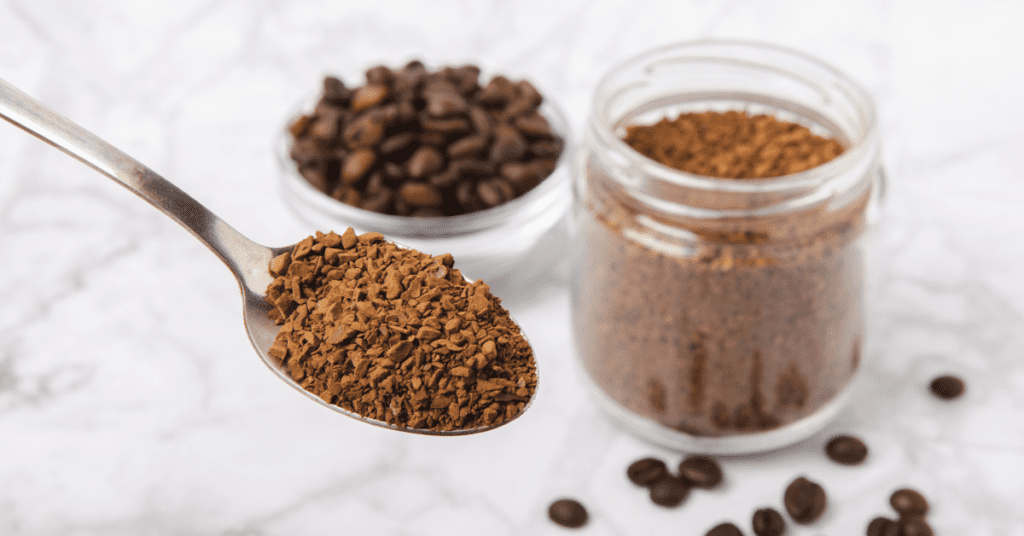
Instant coffee, cocoa powder, and tea provide comfort and a sense of normalcy during stressful times. They can be stored for over two years and offer a convenient way to enjoy hot beverages without fresh ingredients. In addition to boosting morale, these beverages can provide health benefits, including antioxidants and mental alertness.
20. Powdered Milk
Powdered milk is an essential source of vitamins and minerals, especially calcium and vitamin D. When stored correctly with moisture absorbers in a cool, dry place, it has a shelf life of 2 to 10 years. Powdered milk can be reconstituted with water for drinking or used in cooking and baking, providing a versatile dairy source when fresh milk is unavailable.
The Science of Food Preservation
Understanding the technology behind food preservation can help select the best long-term storage methods.
Freeze-drying vs. Dehydration
Freeze-drying (lyophilization) and dehydration (drying) are effective methods for extending the shelf life of food by removing moisture, which bacteria, yeasts, and molds need to grow. However, these processes and outcomes differ in several key ways:
Freeze-drying involves freezing the food and lowering the pressure before applying heat, allowing the frozen water in the food to sublimate directly from ice to vapor. This method preserves the food’s structure, nutritional content, and flavor better than most other methods. Freeze-dried foods rehydrate more quickly and completely, retaining their original shape and texture.
Dehydration removes water through evaporation, typically using warm airflow. This method is more straightforward and energy-efficient than freeze-drying but can significantly change the food’s texture, flavor, and, sometimes, nutritional value.
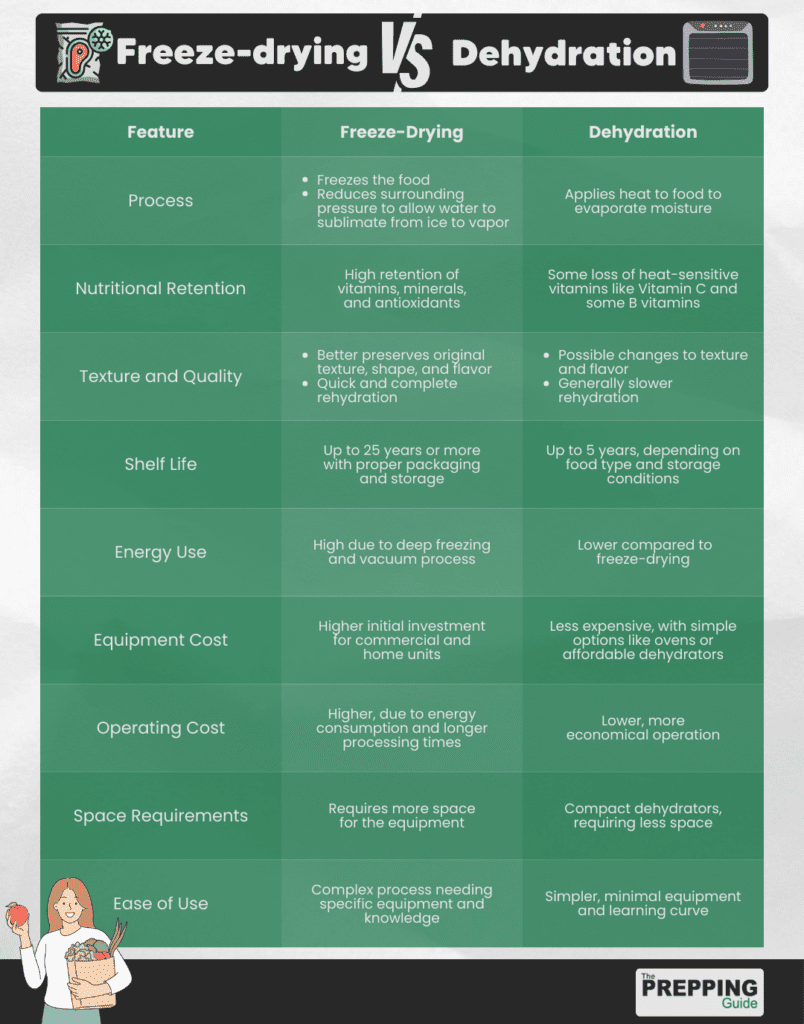
How to Determine an Item’s Shelf-Life
Determining the shelf life of food products is crucial to ensure they are consumed while still safe and of the best quality. Here’s how to assess the shelf life of stored food:
Expiration Dates
Manufacturers give expiration, use-by, and best-before dates to show when a product may lose quality or safety. While these dates are helpful, they’re more like guidelines than strict rules. Many products stay safe and usable beyond these dates if stored properly.
Sensory Checks
Regularly inspecting your food supplies through sensory evaluation—smelling, tasting, and visually inspecting—can help detect spoilage. Signs of spoilage include off-odors, changes in texture, discoloration, and any unusual taste. However, it’s important to note that some foodborne pathogens may not affect the taste, smell, or appearance of food, so this method has limitations.
Consider Storage Conditions
Assessing how and where food has been stored can provide insights into its potential shelf life. Foods stored in ideal conditions, such as cool, dry, and dark places, will last longer than those exposed to adverse conditions. Reflecting on the storage environment can help you make more informed food safety and quality decisions.
How to Store Food for Maximum Shelf Life
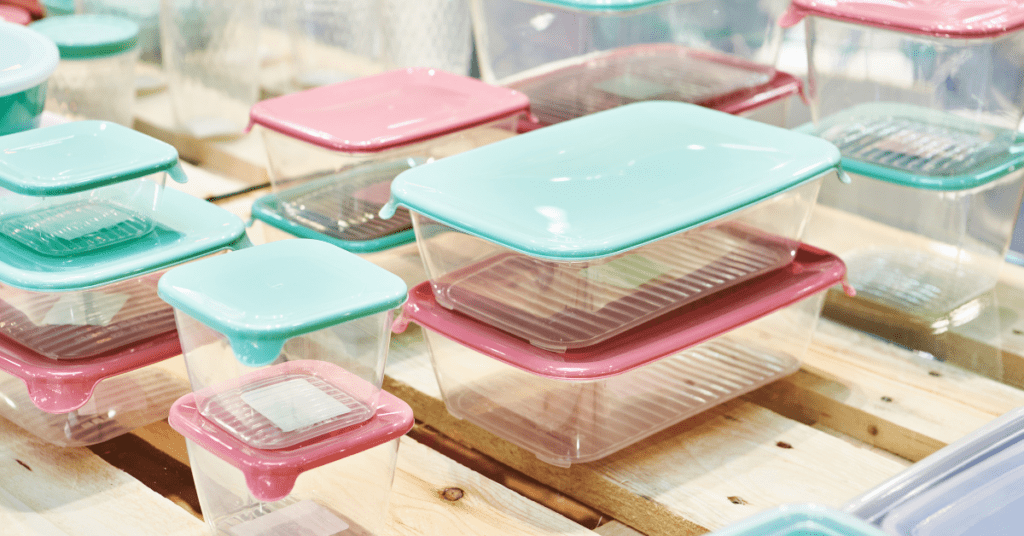
Drawing on my years in wilderness survival, I’ve come to understand that applying the science of food preservation through smart storage is as critical as the food choices themselves.
For instance, I’ve utilized Mylar bags with oxygen absorbers, a technique learned from research and field experience, to significantly extend the life of my provisions against air, moisture, and light—the primary foes of food longevity.
Moreover, selecting the proper storage containers—be it glass, food-grade plastic, or stainless steel—and maintaining a cool, dark, and dry environment for storage are practices I swear by.
These methods aren’t just theoretical; they’re practical steps I’ve honed over the years to ensure my food supplies endure, maintaining their nutritional value and freshness for when I need them most.
How to Regularly Rotate and Use Your Long-Shelf-Life Foods
Maintaining the freshness of your food storage and ensuring you’re always ready requires rotating and using long-shelf-life items. Rotating your food regularly lowers the chance of spoiling and nutritional degradation, making it a sensible and affordable decision.
Incorporating Stored Foods into Daily Meals
Create meal plans that incorporate older stock, prioritizing the use of items nearing their end of optimal shelf life. This will reduce waste and help you get more comfortable preparing and tasting your stored foods.
Creative Cooking and Recipe Adaptation
Try several recipes you can modify to use non-perishable items from your pantry. For example, powdered milk can be substituted in baking recipes, while dried beans can replace fresh ones in soups. This flexibility helps efficiently use stored food without sacrificing nutrition or variety.
Importance of a Rotation System
A first-in, first-out (FIFO) system is simple to implement but very efficient. Organizing your food storage so that older items are used first ensures a continuous cycle of freshness.
Keeping an inventory and labeling products with their date of purchase or pack will help prevent needless waste and guarantee your food supply’s safety and nutritional integrity.
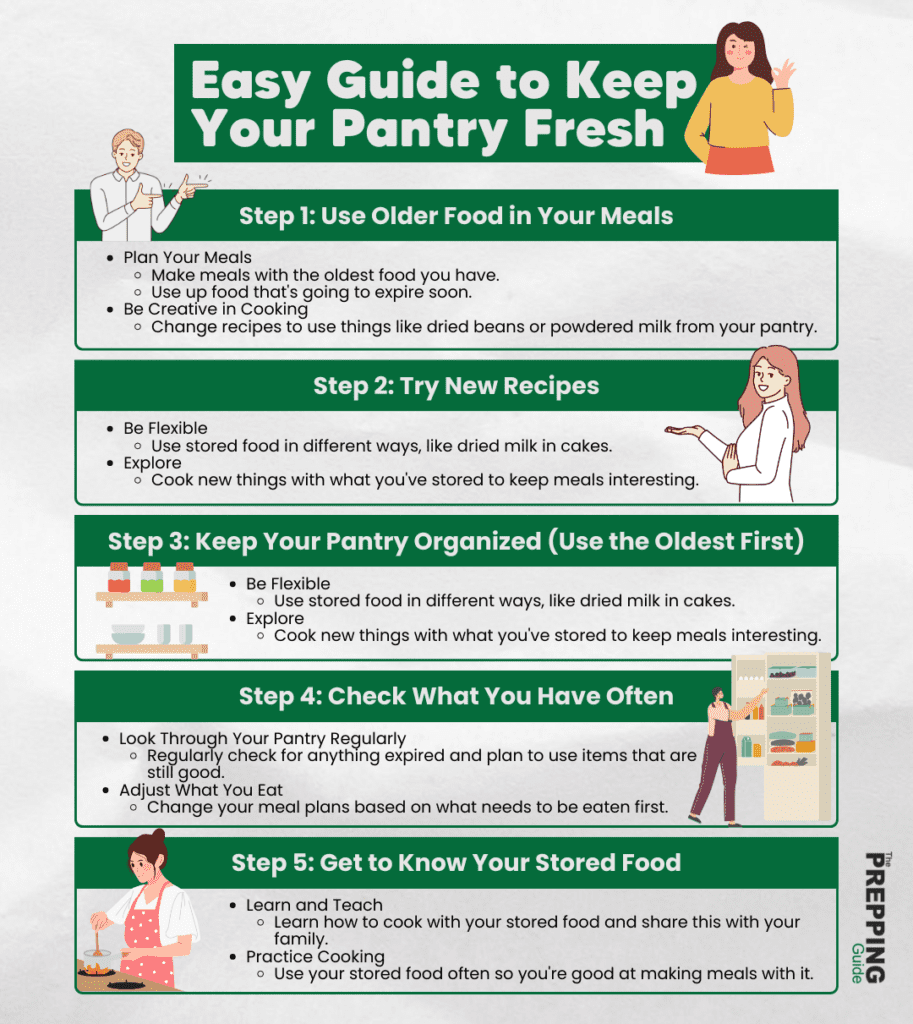
Building Your Emergency Food Supply
Creating a complete emergency food supply requires careful consideration of nutritional needs, dietary restrictions, and variety to ensure they work in different situations.
1. Assess Your Needs
Calculate Requirements: Consider the number of people in your household and their daily caloric needs. A general guideline is to have a minimum of 1,200 per person daily, but aiming for 2,000 to 2,500 calories is better for active adults and children.
Dietary Restrictions: Account for allergies, sensitivities, or preferences such as gluten-free, vegetarian, or vegan diets.
2. Choose the Right Foods
Long Shelf Life: Choose foods with a long shelf life, such as canned goods, dry beans, rice, powdered milk, and dehydrated fruits and vegetables.
Nutritional Value: Ensure a balance of proteins, carbohydrates, fats, vitamins, and minerals. Don’t forget to include multivitamins as a supplement.
Comfort Foods: Adding comfort foods like chocolate or coffee can help maintain morale.
3. Storage Solutions
Proper Containers: To extend the shelf life of dry goods, use airtight containers and Mylar bags with oxygen absorbers for dry goods.
Cool, Dark, and Dry: Store food in a cool, dark, and dry place to prevent spoilage. Basements or cellars can be ideal, but ensure they’re not prone to flooding.
Organization: Date and rotate your stock to use the oldest items first, preventing waste and ensuring freshness.
4. Water Supply
Water Storage: Store at least one gallon of water per person daily for drinking and sanitation. Aim for a two-week supply as a minimum.
Purification Methods: Have methods for purifying water, such as boiling, water purification tablets, or filters, in case your stored supply runs out.
5. Regularly Review and Maintain
Check Dates: Regularly check expiration dates and replace any items that are near expiry or have gone bad.
Inventory Management: Keep an inventory list to track what you have and what you need to add or replace. This helps maintain a balanced diet in your stockpile.
6. Practical Skills and Tools
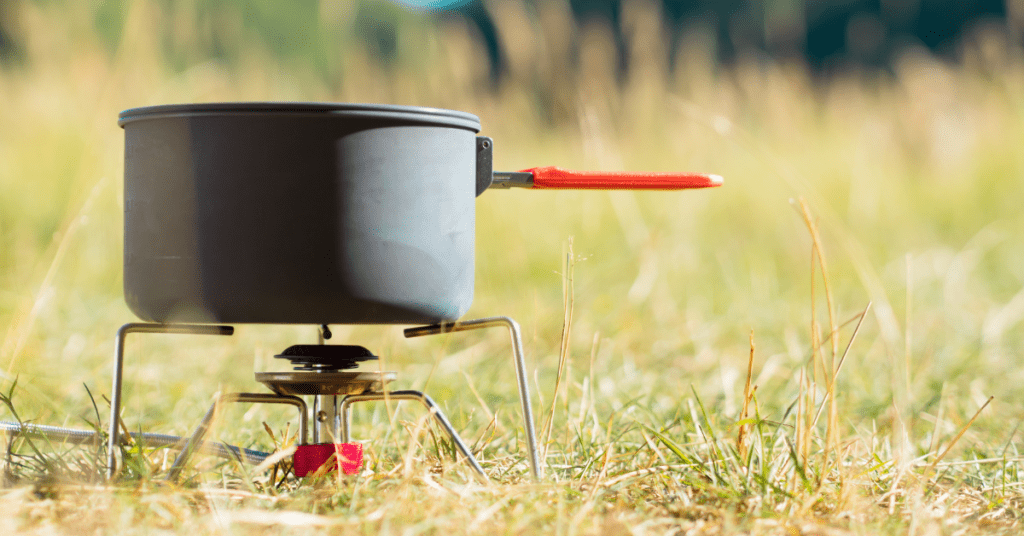
Cooking without Power: Alternative cooking methods such as outdoor grills, solar ovens, or camp stoves should be available.
Manual Tools: Ensure you have manual can openers, grain grinders, and other tools to prepare your food without electricity.
7. Start Small and Scale Up
Gradual Collection: You don’t need to buy everything at once. Start with a few essential items and gradually build up your supplies as your budget allows.
8. Stay Informed and Educated
Continuous Learning: Stay informed about the best food storage and preservation practices. Resources like prepping books and community groups can be invaluable.
Conclusion
Stocking a pantry with long-lasting foods is an empowering move for self-reliance and preparedness. Understanding shelf life factors, choosing the right foods, and using proper storage and rotation methods can help keep your household well-fed.
This practice not only secures your family’s needs but can also extend support to those in the community who might be at risk of food insecurity, such as the temporarily displaced or homeless.
Whether you’re a seasoned prepper or just learning about the benefits of a well-stocked pantry, now is the time to establish or strengthen your long-term food storage plan. Focus on your food security for better peace of mind, savings, and overall well-being.
FAQs
Which cooked food has the longest shelf life?
Hardtack, a simple biscuit made from flour, water, and sometimes salt, is the cooked food with the longest shelf life. Properly stored in an airtight container in a cool, dry place, hardtack can last several years, making it a durable option for long-term storage.
What is the best food for long-term storage?
The best foods for long-term storage are high in nutritional content, have a long shelf life, and are simple to prepare. Choices include dry beans, white rice, and rolled oats, lasting up to 30 years when stored properly.
What food lasts the longest without refrigeration?
Foods such as white rice, dried beans, and whole wheat grains keep the longest without refrigeration, with shelf lives of 30 years or more under ideal storage circumstances. Honey, salt, and sugar can be stored indefinitely without refrigeration, ensuring quality and edibility.

Can you sprout rolled oats? You can sprout oats, but I thought the mechanical rolling process prevented growth.
Best to leave the rolled oats as they are purchased from your grocer. Store them as suggested in air tight containers such as the packets they come in or transfer them into air tight containers. I have had mine in containers for five years and have eaten them. This note proves I am not dead. I have has a store cupboard for some 20 years and am still going strong at 89 years of age. The secret is ROTATE,ROTATE, ROTATE.
Bob Harrison Queensland Australia. Sorry no email address. Address 1/43 Mond Street, Thorneside, Queensland 4158
Fight back usarepublick.net or in oregon orsja.org.
We must assemble the people and remove the corrupt now before it’s to late we are Americans and we must lead turn hate to education turn fear to love.
As a farmer with 15 years of experience, I must say that this article is incredibly informative and useful for anyone interested in prepping and survivalism. The author does an excellent job of explaining the different types of foods that can last for years, as well as providing practical advice on how to properly store them for maximum longevity.
I especially appreciate the emphasis on choosing high-quality, nutrient-dense foods for long-term storage, rather than relying solely on heavily processed or packaged foods. The tips on how to properly rotate and use stored foods to avoid waste and ensure freshness are also very helpful.
One thing I would add is that it’s important to consider the climate and conditions of your specific location when selecting foods for long-term storage. Some foods may fare better in certain environments than others, and it’s important to take into account factors such as humidity and temperature control when planning your storage.
Also I recently discovered “The Lost SuperFoods,” a book that has transformed the way I think about food and nutrition. I was blown away by the comprehensive information on little-known superfoods that have been used for centuries to promote health and vitality. You can check it out here: https://superfoods.recensorium.com/
Once again, thank you for your informative and well-written article. I’m sure it will be a valuable resource for many survivalists and preppers out there.
Stay safe and healthy out there!
Santa fe bean company sells dehydrated beans
Comes in a nice foil bag
Just add water wait 10 minutes they are edible
If u have instant rice can do the same
Old peanut butter jar to store each
Hot water makes it taste better
Add some packaged ketchup or taco sauce and it’s not bad
Its been my basic diet for a long time now
Only store I found that stocks Santa fe beans is HEB in texas so I always try to stock up there